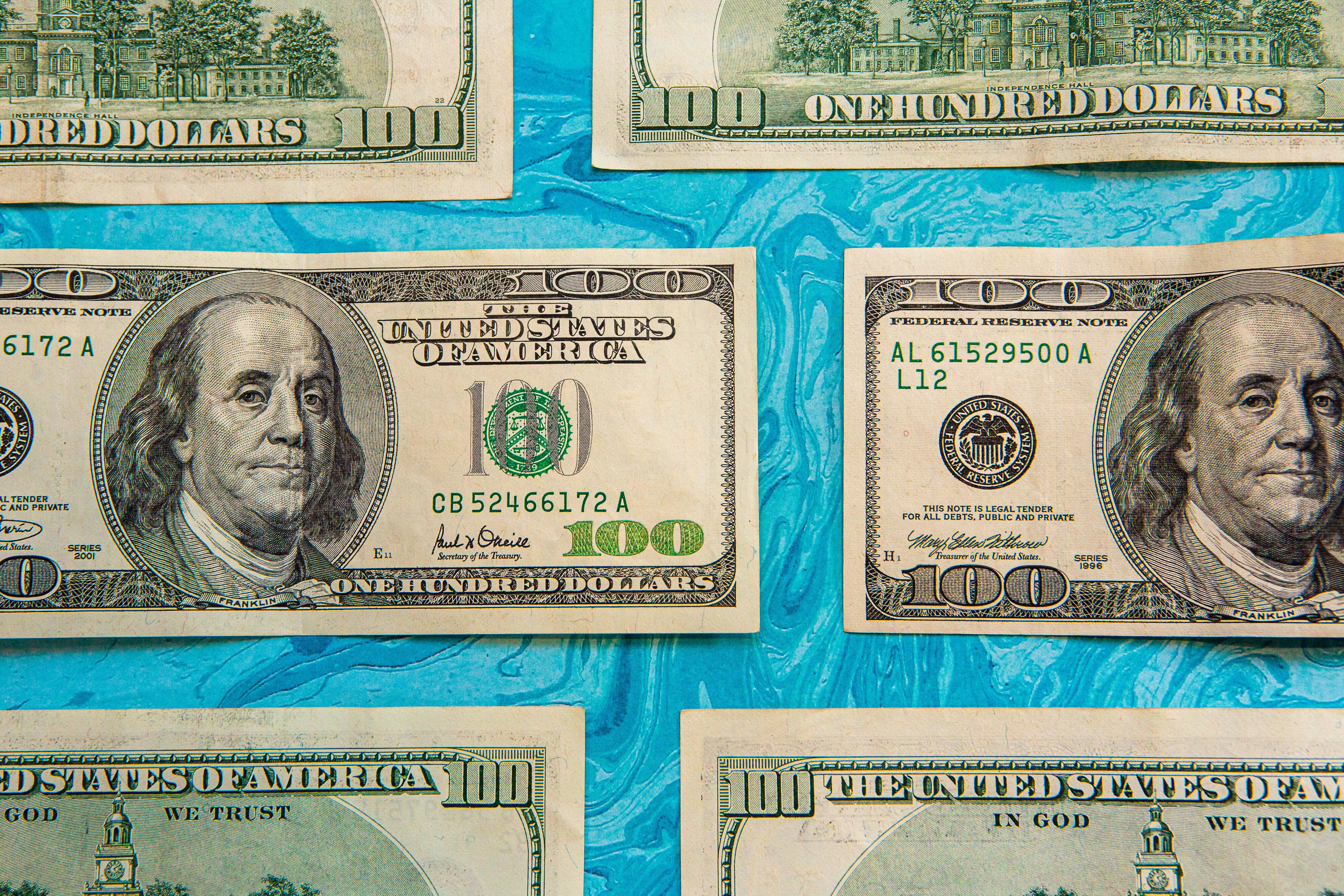
The infrastructure plan could get a vote in just days.
Sarah Tew/CNETLate Sunday night, a bipartisan $1 trillion infrastructure bill called the Infrastructure Investment and Jobs Act was released by a group of 10 senators. Among other things, the bill includes new federal investments for roads and bridges, broadband internet, public transit and electric utilities. While it could amount to one of the biggest infrastructure packages in over a decade, it is far narrower than a plan presented by President Joe Biden at the start of his administration. A final vote could take place as soon as this week -- exactly when depends on how long it takes the Senate to wrangle over multiple amendments to the bill.
According to a White House Fact Sheet, the deal could generate an average of 2 million jobs per year over the next decade. But it doesn't include spending earmarked for climate change, child care, housing, job training and education, which were promised in the administration's initial jobs plan. Those instead are expected to be part of a companion $3.5 trillion spending bill that Democrats hope to pass through budget reconciliation, a process that can advance legislation with a simple majority.
We'll explain the ins and outs here, including where the funds are coming from and what economic aid may be on the way. If you want to know more about additional tax relief, here's a primer on the child tax credit payments and the continuing unemployment tax refunds. This story was updated with new information.
What's in the new infrastructure bill and what isn't?
The Infrastructure and Investment Jobs Act is a long-sought bipartisan compromise that includes $550 billion in new federal spending over five years. The Act is 2,700 pages long, and we don't expect many people will want to read the entire thing. Here's how the investment proposals are broken down:
- Public transit, airports and rail: The deal includes $39 billion for mass transit, $66 billion for passenger and freight rail projects, $25 billion for airports and $17 billion for ports and waterways.
- Roads and bridges: The proposal sets aside $110 billion for bridge and road projects, less than the $159 billion initially proposed.
- Electric vehicles: The deal amounts to $12.5 billion total, which includes $7.5 billion to construct a network of electric vehicle chargers and another $5 billion toward electrifying school and transit buses.
- Water, sewer, power systems and environmental remediation: The deal amounts to $201 billion total, with $55 billion toward water infrastructure (including funding to replace the nation's lead pipe service lines) and $73 billion toward power grid improvements.
- Broadband: The deal includes $65 billion to improve the country's broadband system. The plan originally proposed $100 billion to provide accessible, high-speed internet service.
The deal doesn't include an earlier proposal to allocate $400 billion for long-term care services to the elderly and people with disabilities under Medicaid, nor does it include the $100 billion for workforce development to underserved groups. It focuses on "physical infrastructure" and not what the Biden administration refers to as "human infrastructure," such as money for expanded education, paid leave and child care and tax credits for families. Those are supposed to be included in the budget reconciliation package.
How will the infrastructure investment be paid for?
Back in June, the original proposal by the Biden administration to raise taxes on corporations to cover the cost of the new investments was rejected by Republican lawmakers. Then the GOP's own proposal that the money come from charging fees to electric vehicles or by indexing gasoline tax to inflation was rejected by the Biden administration. Republican senators have proposed paying for the new investment in large part with COVID-19 relief funds that haven't been used, as well as the additional unemployment funds that some states canceled.
The projected economic growth from the infrastructure investments comes to around $556 billion. Here's how the rest of the investment proposals will be paid for, according to AP:
- Unspent COVID relief aid: Up to $205 billion
- Supplemental unemployment insurance aid from states that pulled out of federal jobless programs early: Up to $53 billion
- Delaying a Medicare rule that would have given rebates to beneficiaries: Around $49 billion
- Spectrum auctions for 5G services: Around $87 billion
- Increasing tax enforcement for cryptocurrencies: Around $28 billion
- Restarting a tax on chemical manufacturers and selling oil from the Strategic Petroleum Reserve: Some $19 billion
A White House fact sheet that was released in June following the initial bipartisan agreement for the infrastructure framework referred to funds coming from "public-private partnerships" and "asset recycling." A Bloomberg article noted at the time that "asset recycling" is a policy favored by Wall Street wherein public entities get revenue to invest in new infrastructure by leasing existing operations to private sector investors.
When will the bill go forward?
The deal was mostly negotiated between a group of 10 senators, split evenly between the two parties, and was agreed on by a larger bipartisan group. The bill could be voted on this week depending on the debate over amendments in the Senate. If passed, it will move to the House of Representatives for additional amendments.
Pointing to the demand for a reconciliation bill that includes elements of the earlier American Jobs Plan and the American Families Plan, Biden had said the two must move "in tandem." That's where the budget reconciliation process comes in, which could include money for jobs, healthcare and the environment. However, passing a budget reconciliation bill is complicated and time-consuming, and there is no guarantee that it will pass either.

The infrastructure bill doesn't promise any direct economic relief to working families.
Sarah Tew/CNETIs any more economic relief aid on its way?
Ever since the $1,400 stimulus payments under the American Rescue Plan, millions still struggling with economic hardship from the pandemic have speculated when more aid could be on the agenda. Here's an update:
Another stimulus payment: The IRS is still making one-time payments for the third third stimulus check as well as circling back to send "plus-up" payments to those it either missed paying or underestimated their payment amount. There is no commitment by the White House on a fourth round of payments, and it looks less likely given the vaccine rollout and some recent economic rebound. One form of financial relief has come to families through the 2021 child tax credit, which was expanded this year. There are also additional stimulus payments in the state of California and $1,000 bonuses going to educators in some states.
Minimum wage hike to $15 an hour: With the current federal minimum wage at $7.25 per hour (the same level since 2009), some legislators have proposed boosting that hourly rate up to $10 per hour or as high as $15 per hour. On July 28, the Biden administration issued an executive order that would increase the minimum wage for federal government contractors to $15 an hour starting January 30, 2022. Over the past several years, some thirty states, the District of Columbia and forty-five localities have raised their minimum wage to above the federal level. Increasing the federal minimum wage to $15 an hour by 2025 would benefit at least 17 million people, but talks on the matter have stalled.
Student loan cancellation: With student loan debt reaching $1.7 trillion at the end of 2020 -- for an average loan amount of $30,000 -- student debt is higher than auto loans and credit cards. In March, the Biden administration canceled some $2.3 billion in student loan debt to a handful of borrowers. Earlier this summer, another $500 million got erased for former students defrauded by ITT Technical Institute, a for-profit chain that closed in 2016. Still, that's just a fraction of the roughly 43 million people who have debilitating student loan debt.
"really" - Google News
August 04, 2021 at 06:00PM
https://ift.tt/2TRKw7a
What's really inside the $1 trillion infrastructure bill? Here's what we know so far - CNET
"really" - Google News
https://ift.tt/3b3YJ3H
https://ift.tt/35qAk7d
Bagikan Berita Ini















0 Response to "What's really inside the $1 trillion infrastructure bill? Here's what we know so far - CNET"
Post a Comment